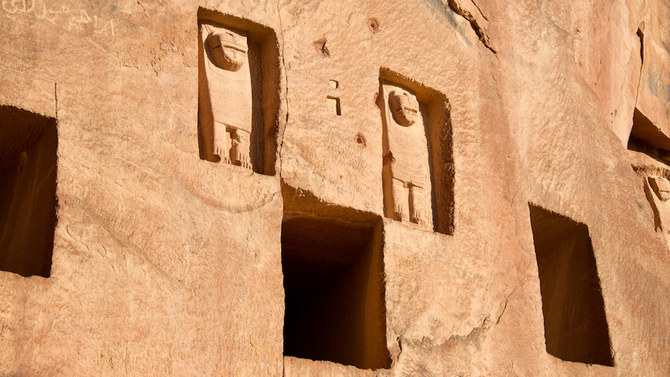
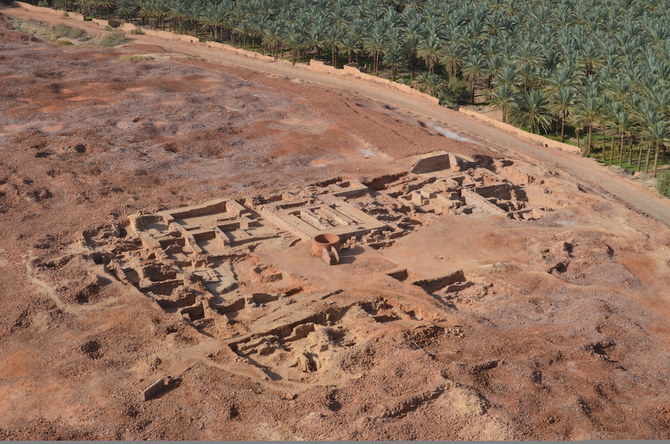
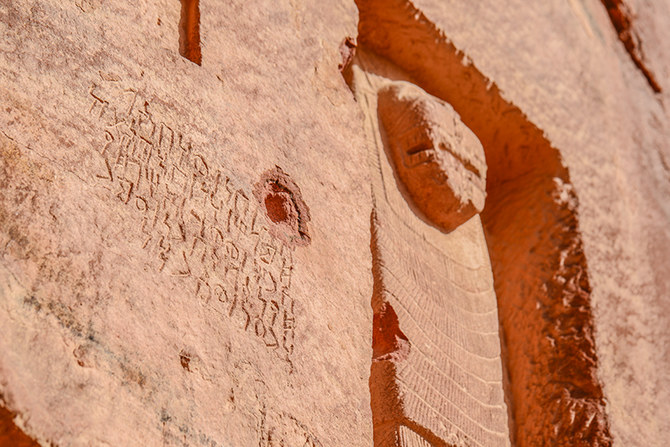
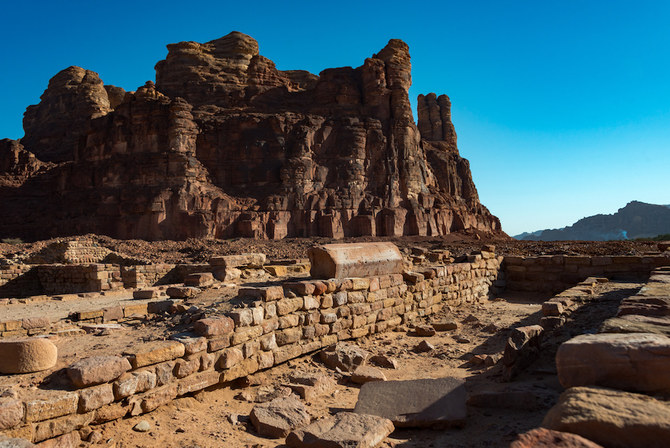
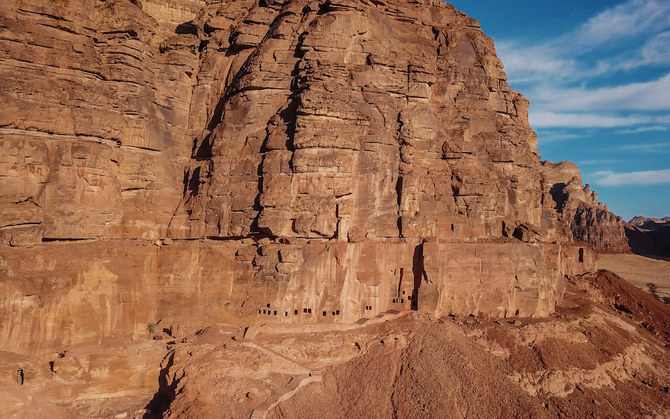
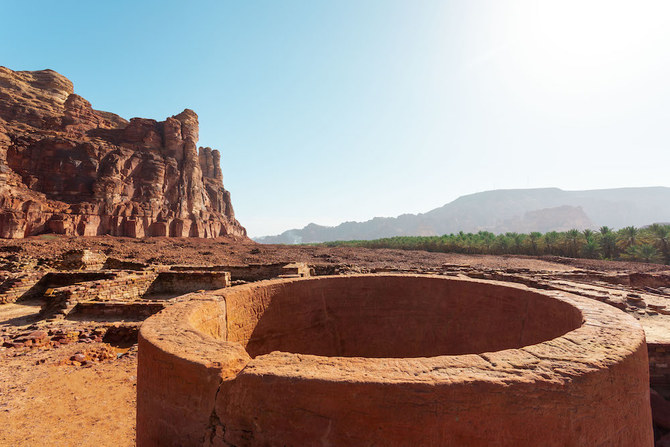






Arab News
ALULA: The ruins of the ancient North Arabian kingdom of Dadan have guarded their secrets for millennia. Lying in the sandstone mountains of AlUla in north-west Saudi Arabia, the kingdom controlled a strategically important oasis on the ancient inland spice and incense trading route running from what is today Yemen through the Arabian Peninsula, to Egypt, Syria and Mesopotamia and on to the continent of Asia. Yet its fate is a mystery to archaeologists.
One of the largest multinational archaeological teams recently assembled in the region is now poised to uncover this ‘missing link’ in Near-Eastern history.
The mission is the fruit of the partnership between the Royal Commission for AlUla, King Saud University, the French Agency for AlUla Development and the French National Center for Scientific Research.
Dadanite and Lihyanite culture dates back more than 2,700 years, pre-dating the Nabataean civilization and the Roman presence in the Arabian Peninsula and underlining the depth of history in the region.
The planned five-year excavations are expected to explain the fate of the kingdom and shed light on its role at the heart of the ancient inland trading route.
The project also provides an opportunity for students from King Saud University to gain practical, hands-on experience from the international and Saudi experts on the team. Twenty-four students will work alongside their international peers, gaining experience and developing the domestic cultural heritage sector.